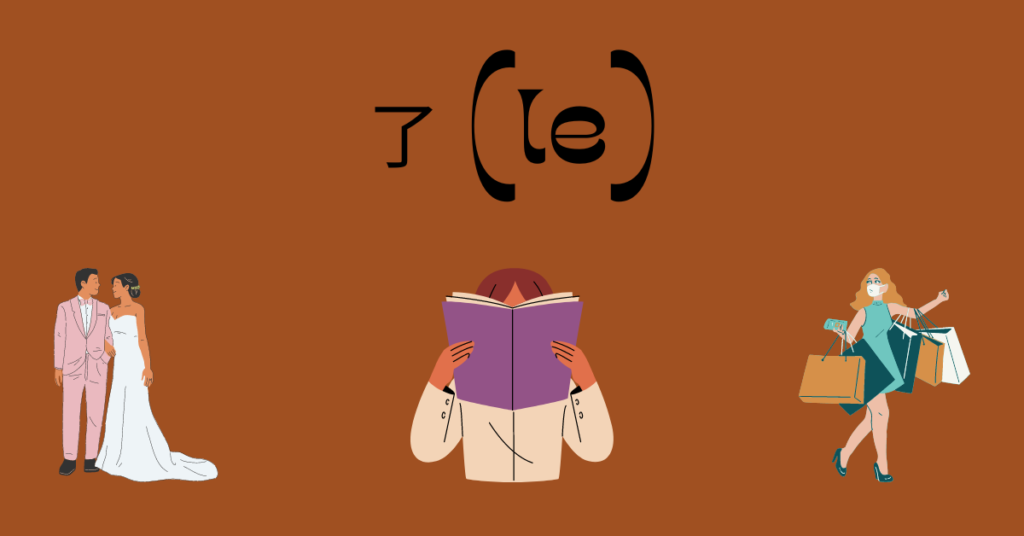
Here’s a detailed explanation of the common Chinese grammar pattern for 了 (le), along with examples:
Verb + 了:
Structure: This pattern is used to indicate the completion or change of a situation or action. It is placed after a verb to mark that the action has occurred or the state has changed.
- Example: 我吃饭了 (wǒ chīfàn le) – “I have eaten.”
In this pattern, 了 (le) is added after the verb to indicate that the action has been completed or the state has undergone a change. It implies that the action or situation has happened in the past or is no longer ongoing.
It’s important to note that the usage of 了 (le) goes beyond indicating past actions. Here are a few additional uses of 了 (le):
Expressing completed actions: When used with a verb, 了 (le) marks the completion of an action.
- Example: 我看完了书 (wǒ kàn wán le shū) – “I have finished reading the book.”
Indicating change of state: 了 (le) can be used to indicate a change in the state or condition of something.
- Example: 天气变冷了 (tiānqì biàn lěng le) – “The weather has become cold.”
Expressing new situations: 了 (le) can be used to introduce a new situation or a new development.
- Example: 他结婚了 (tā jiéhūn le) – “He got married.”
Signaling future actions: In some cases, 了 (le) can be used to indicate an action that is expected to happen in the future.
- Example: 我明天去买东西了 (wǒ míngtiān qù mǎi dōngxi le) – “I will go shopping tomorrow.”
- The usage of 了 (le) is versatile, and its meaning can vary depending on the context. It is an essential particle in Chinese grammar that helps convey the completion, change, or newness of actions and situations.
Dialogue
Person A: 你去过北京吗?
(Have you been to Beijing?)
(Nǐ qùguò běijīng ma?)
Person B: 去过了!去年暑假和朋友一起去的。
(Yes, I have! I went there last summer with friends.)
(Qùguòle! Qùnián shǔjià hé péngyǒu yīqǐ qù de.)
Person A: 真羡慕你!北京有很多有名的景点。
(I envy you! Beijing has many famous tourist attractions.)
(Zhēn xiànmù nǐ! Běijīng yǒu hěnduō yǒumíng de jǐngdiǎn.)
Person B: 是的,我参观了故宫和长城,还品尝了北京烤鸭。
(Yes, I visited the Forbidden City and the Great Wall, and I also tried Beijing roast duck.)
(Shì de, wǒ cānguānle gùgōng hé chángchéng, hái pǐnchángle běijīng kǎoyā.)
Person A: 听起来很棒!我也想去一次。
(Sounds great! I also want to go there someday.)
(Tīng qǐlái hěn bàng! Wǒ yě xiǎng qù yīcì.)
In this dialogue, the structure “Verb + 了” (V + le) is used to indicate a completed action. Person A asks if Person B has been to Beijing, and Person B confirms that they have, using “去过了” (qù guò le) to express the completion of the action. Person A expresses admiration for Person B’s experience, and Person B mentions visiting the Forbidden City and the Great Wall, as well as trying Beijing roast duck. Person A expresses their desire to visit Beijing as well. The use of “了” signifies the completion of the action and adds a sense of accomplishment to the dialogue.
Exercise
- Create your own sentence(s) using 了 (le).